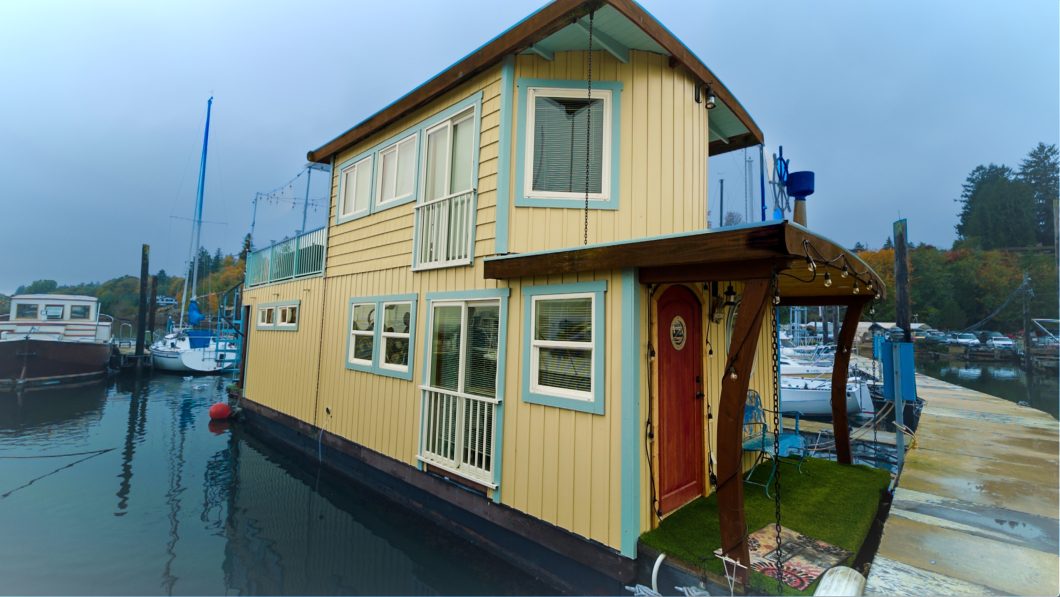Have you ever considered living on the water? “Liveaboards” have long lived in a wide variety of watercraft, including sailboats, houseboats, and canal boats. Today, more and more people choose a floating house. It’s an excellent hybrid option for life on the water. Enjoy the benefits of beautiful waterfront views, wildlife sightings, and a slower pace but with less maintenance. However, you definitely want to consider all the pros and cons of floating homes before making the plunge!
Floating Home Pros & Cons
Simply put, floating homes equate to houses that float via flotation devices. They are permanently moored and can’t be moved on their own. In contrast, houseboats feature engines that allow them to be self-propelled. As a result, floating homes require less maintenance because they lack boat components.
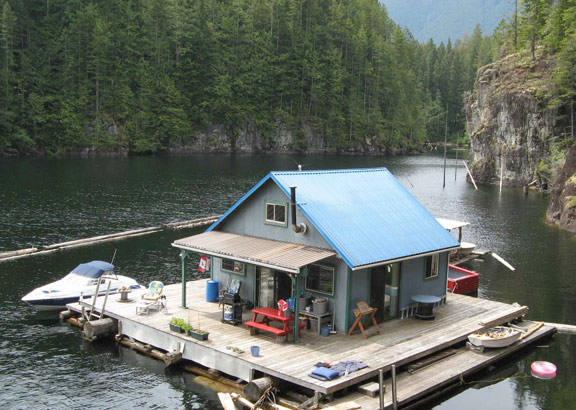
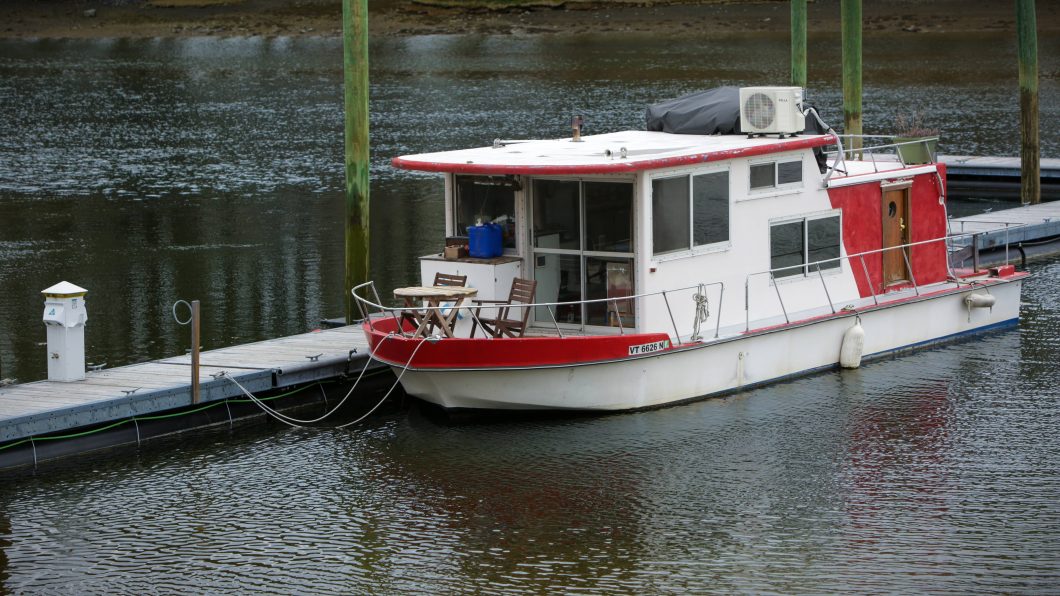
Maintaining floating homes is quite similar to regular land-bound houses in many ways. For example, elements like windows, siding, and roofs need typical upkeep and repairs. However, floating home components under the waterline require specialized maintenance. Flotation devices must be inspected approximately every 3 to 10 years, depending on the materials used. You’ll need to hire a diver for this work.
Cost
One of the most enticing prospects of floating house life is low monthly housing expenses. Of course, costs vary greatly based on location, such as marinas vs. floating home communities. The most affordable option tends to be a marina. But the catch is the limited availability of liveaboard-friendly slips.
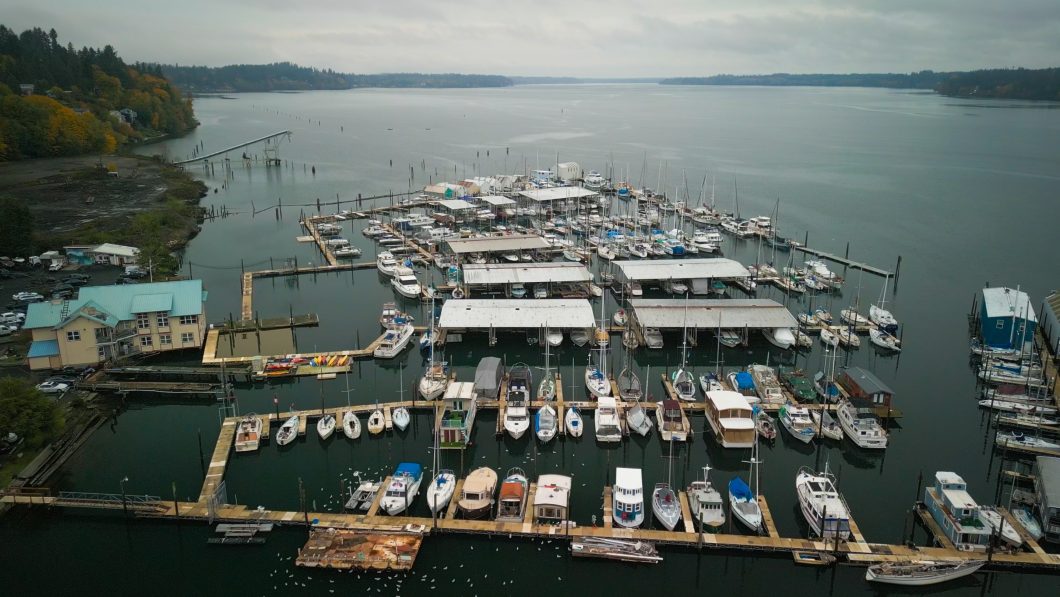
Slip rent at the West Bay Marina, in the heart of Olympia, Washington, comes to about $550 monthly. That’s inclusive of electricity, water, and two sewer pump-outs. Additionally, insurance is required; an annual floating home policy can run you $500 to $2,000. Available amperage is somewhat limited, however. A small floating home there runs on just 30 amps. Use of some non-electric appliances is a good idea, so you might need to budget for propane for a water heater and stove.
Amenities vary greatly at different marinas around the United States and other countries too. Some locations offer greater power access, sewer hookups, and clubhouses with things like laundry access, exercise rooms, and pools. Similarly, floating home communities offer permanent utility connections and HOA perks. However, they are much more expensive, largely due to the small number available.
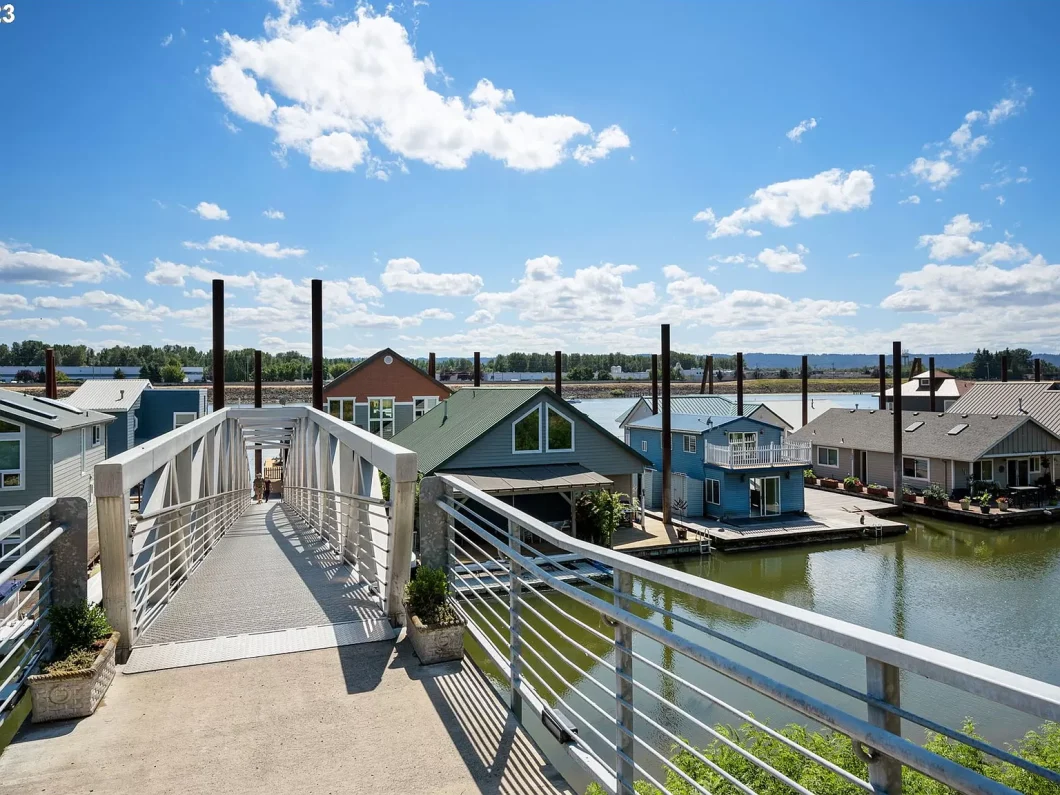
If you want to live in a floating home community, you most likely need to buy a house that’s already there. That’s where it can get really expensive. Preowned floating homes can range between $200,000 to well over a million. Of course, more affordable options exist. Like in the world of tiny houses, building your own provides the ultimate savings. That’s no simple feat for a structure meant to float!
Varying Proximity to Neighbors
Whether you live in an active marina or a floating home community, you’re closest neighbor may only be a couple of feet away. Inside an RV park, for comparison, there will be at least 10 feet between rigs. So, floating house life means intimacy with neighboring liveaboards and recreational boats.
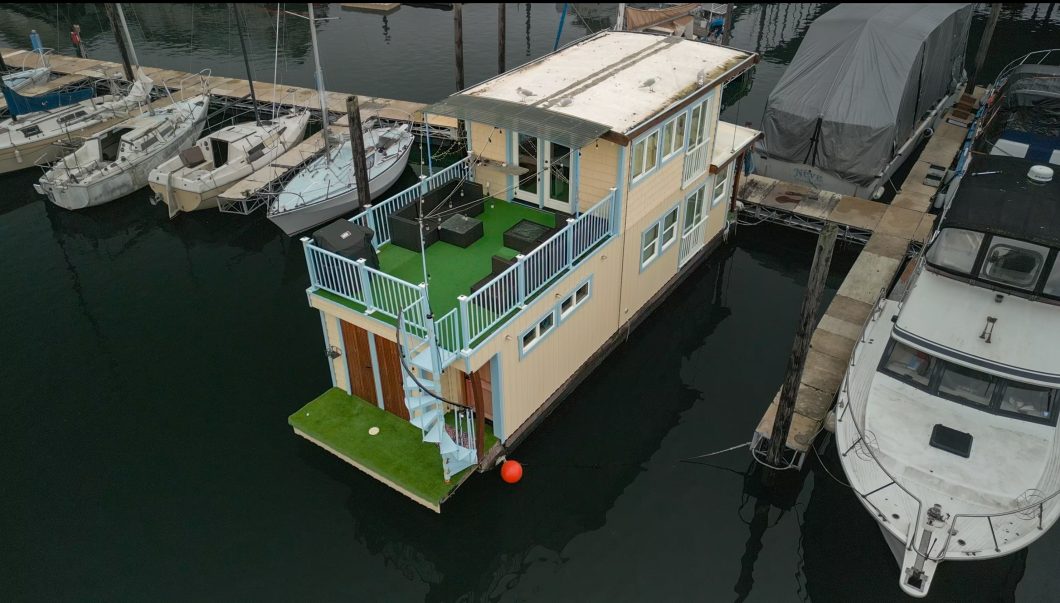
Consider your floating home moorage choice carefully. Would you enjoy a close-knit community vibe? Can you tolerate listening to your neighbor’s music choice for the day? Keep in mind that many marinas only offer a small number of full-timers. So, wintertime may be quite sleepy. Some floating homes are moored within a body of water, farther away from other houses or watercraft. But, that comes with greater inconveniences like needing a small boat to access land.
Safety
Most floating houses are moored to docks at marinas. As a result, you’ll need to walk from the parking area down one or more gangways to access your home. Importantly, these also float so they move based on weather and water levels. Further, only a few floating walkways feature handrails.
Ultimately, you need to keep your wits about you to avoid falling into the water. You’ll want to invest in the right gear, like shoes with traction and raincoats. Additionally, consider buying a rolling cart to help you carry groceries from the car to your floating house.
Safety is also a factor when stepping off the walkway onto your home. As the tide changes or the wind blows, the gap between the two can range from 6 inches to 1.5 feet. If you’re not paying attention, not only could you slip but you could also drop your keys into the water. So be careful!
Could You Live in a Floating Home?
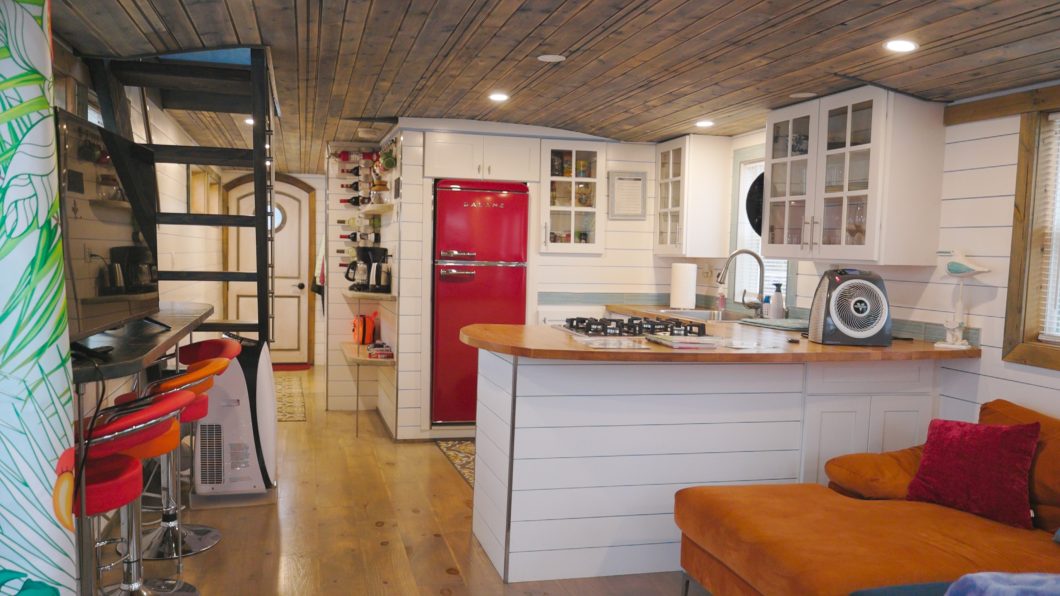
Life in a floating home offers the serenity of close proximity to nature, from beautiful sights to the soothing sound of the water. With that said, it’s not for the faint of heart or anyone prone to motion sickness. You definitely feel less movement in a floating home compared to a houseboat. There are more pros and cons of floating homes to consider but staying in one definitely helps you understand the lifestyle better. Look for short-term rentals, like this one, to try before you buy!
